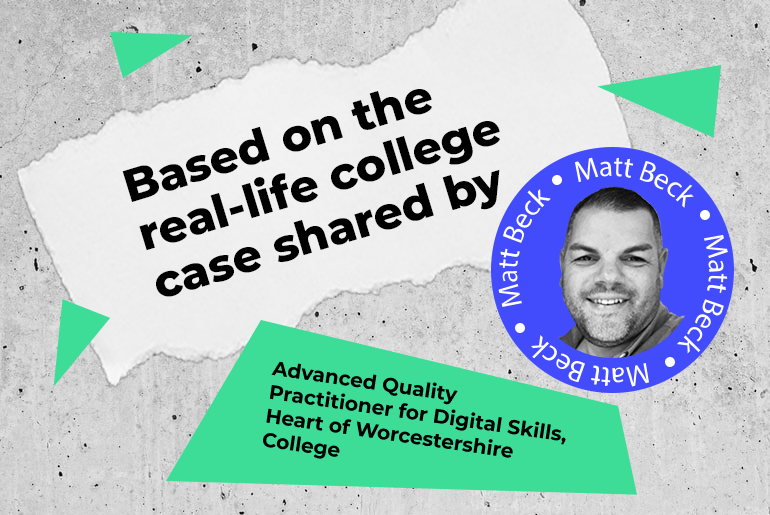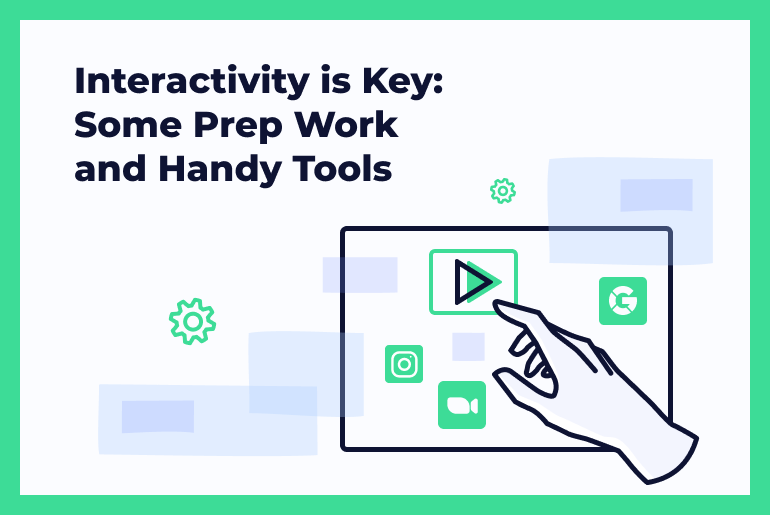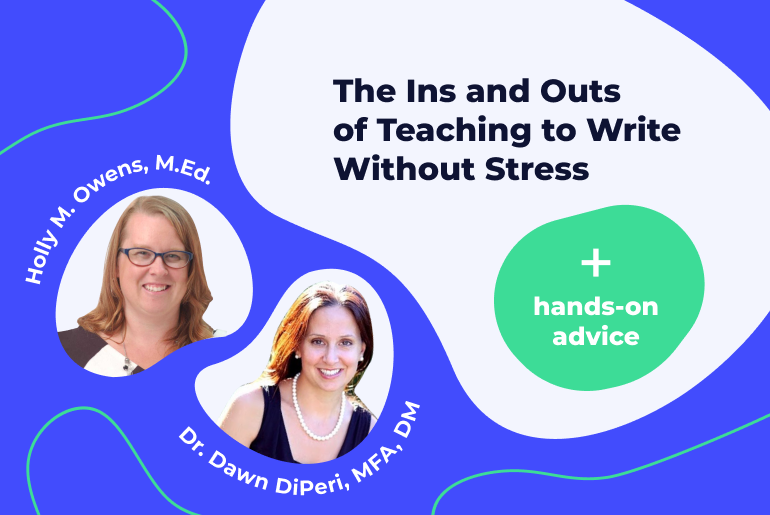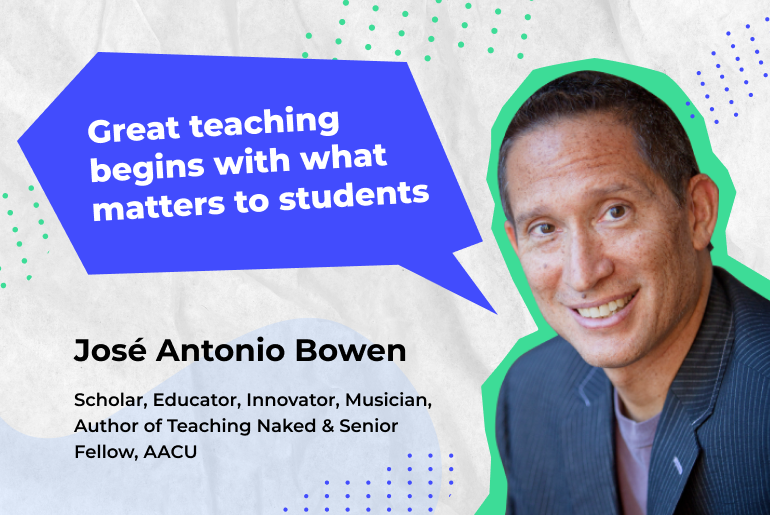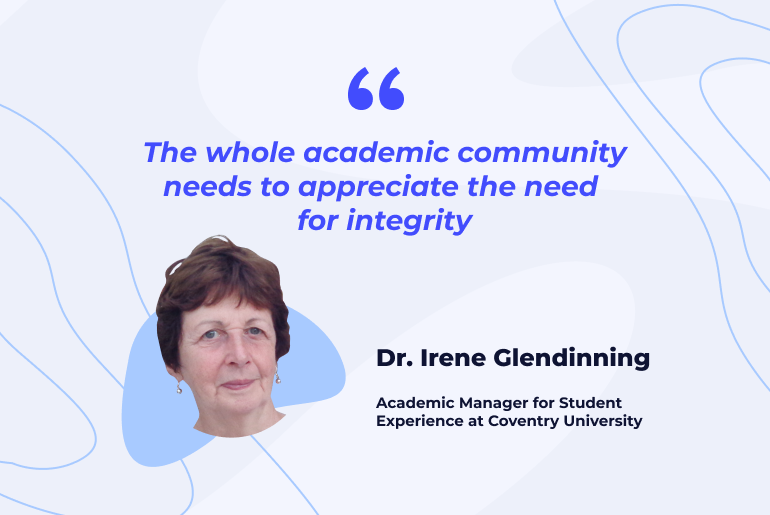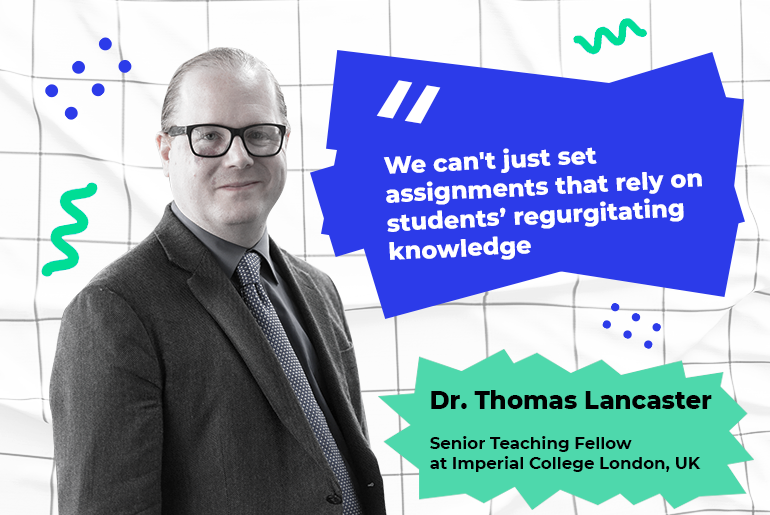Being a great educator requires much more than just engaging and teaching your students. Odds are, you’re juggling more than one group of students or several subjects at any given time. You may even spend your spare time on whatever additional requirements are placed on you by the administrators. Those little extras wouldn’t be such a big deal if it weren’t for the already-limited time that educators have to do their jobs properly.
Even if schools provide teachers with powerful tools to help them, juggling too many responsibilities means that teachers won’t have a good time using those tools. Whether it’s a tool for providing students with feedback or checking for plagiarism, the danger here is that it will add to the teachers’ burden instead of easing it.


